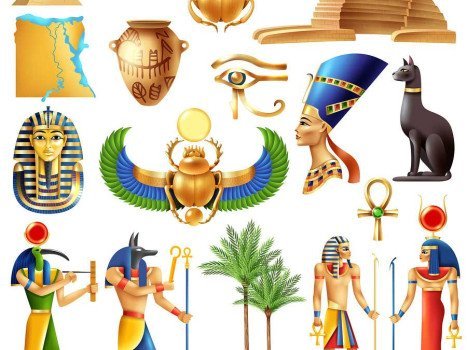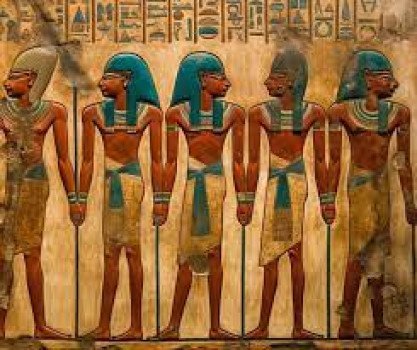Ra The Creator God Of Ancient Egypt
Ra, the Sun God in Ancient Egypt: Origins and Evolution
Ra, the big sun god of ancient Egypt, had three forms during the day: Khepri at dawn, Ra at noon and Atum at sunset. The theological concept of the sun as a god within the new kingdom is a historical mystery, with early evidence appearing during the reign of the 2nd and 3rd dynasty kings.
The 2nd dynasty king Ra-Neb, meaning "Ra the master" and the 3rd dynasty king Zoser, known as "Ra the Golden" were the first to associate themselves with Ra, not as Ra himself but as his sons. But this association was short lived and the next kings dropped it until the 4th dynasty.
During the 4th dynasty, kings like Khafra and Menkaure started using the title "Ibn Ra" meaning "son of Ra" in their names. This continued through the 5th dynasty with kings like Niuserre, Sahure and Unas. From the 6th dynasty onwards "son of Ra" became part of the pharaoh's titles until the end of ancient Egyptian history. The inclusion of "Ra" in the king's name meant the king was divine from birth and emphasized his role as the son of the sun god.
According to legend during the 5th dynasty kings were believed to be direct descendants of Ra, born from the union of Ra and a sun priestess. This idea reinforced the solar doctrine and kings built temples to Ra, just like the old Sun Temple in Heliopolis.
Ra's influence started to wane towards the end of the 5th dynasty but his ideology had already seeped into Egyptian religious thought. Many local gods were merged with Ra, showing his acceptance and integration into the pantheon. Iconography changed over time, Horus the falcon god was depicted alongside the kings, later the winged sun disk, showing the king himself as Ra.
Egypt Travel Guide
Travel Egypt and see it all. Egypt tours and Nile cruises at Christmas and Easter. Relax in Egypt. Forever.
 English
English
 Español
Español
 Chinese
Chinese
 français
français
 português
português
 Italian
Italian
 Russian
Russian
 Czech
Czech
 Deutsch
Deutsch
 Japanese
Japanese









